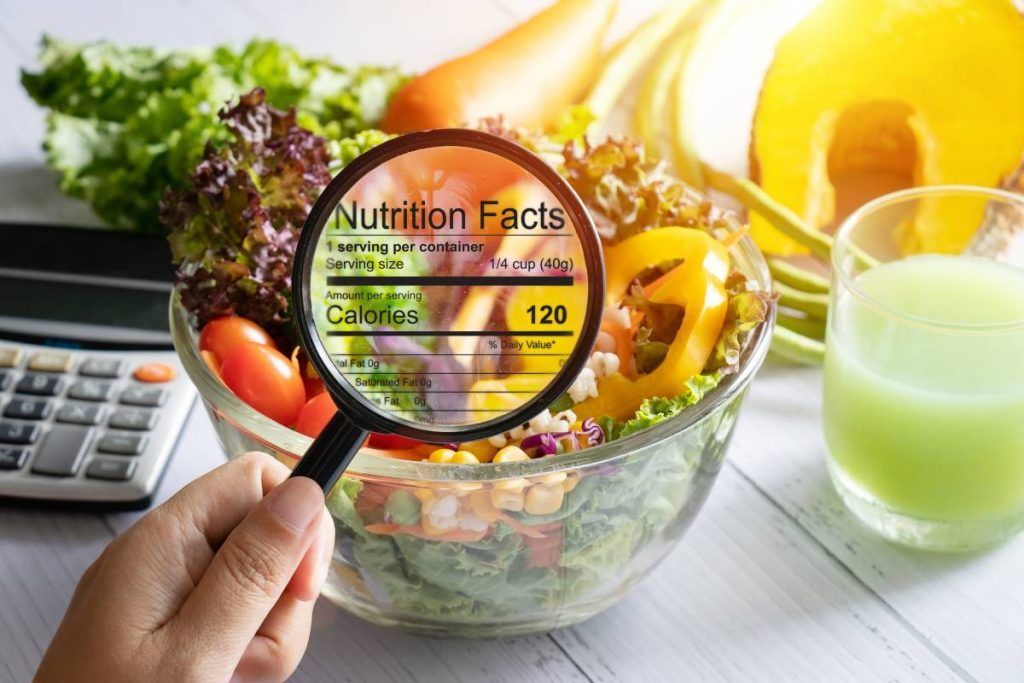
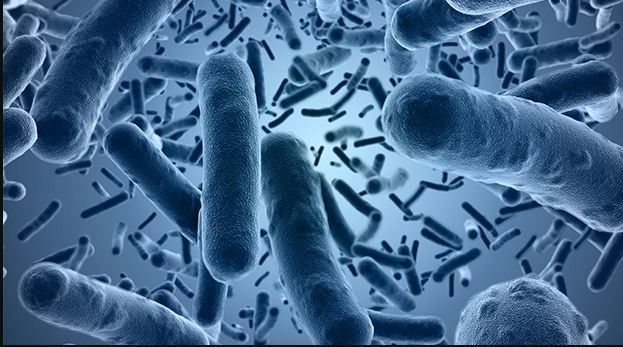

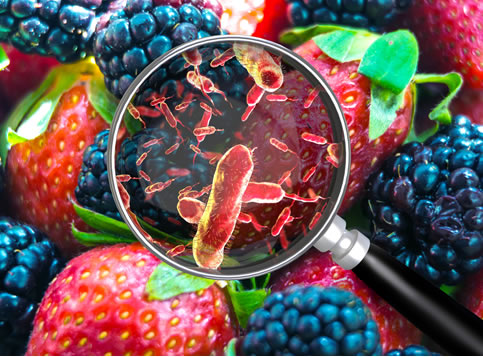
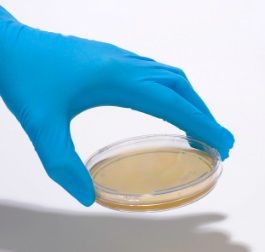

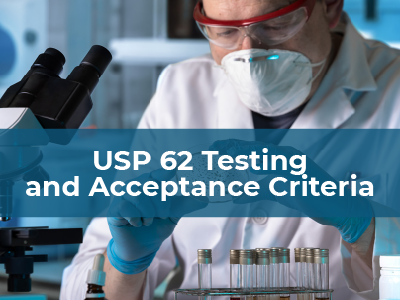
Understanding the shelf life of the product we consume is crucial for comprehending the nutritional value they offer. As consumers, we rely on the quality of our food to be fresh and of the highest standard. It is through quality control measures like shelf-life studies that we can enjoy our meals and beverages with confidence, knowing that they won’t jeopardize our well-being.
The shelf life of a product is a means of establishing its longevity, commonly referred to as the “best before” or “expiration” date. This assessment, known as shelf-life testing or shelf-life stability testing, is an evaluation conducted within a food safety laboratory. It serves to measure the product’s durability, precisely pinpointing how long it retains its suitability for consumption before shadowing signs of degradation or becoming unsuitable.
Some factors that affect the shelf life of the products are the food’s composition, storage conditions, packaging, and the presence of preservatives or additives. An understanding of these factors is fundamental for effective shelf life testing.
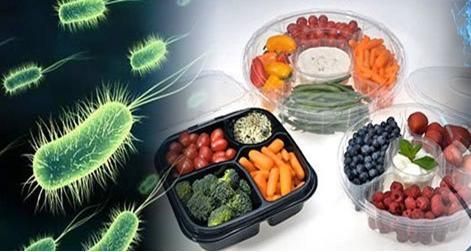
There are various types of shelf-life studies depending on the product and industry. Some common types include.
These various forms of shelf-life testing allow manufacturers, food scientists, and quality control experts to ensure that the products we purchase are not only safe but also maintain their intended quality and nutritional value. The next time you savor a fresh, delicious meal or open a perfectly preserved product, remember that behind that confidence lies the science of shelf life.







Interested in Working with
Sure-BioChem Laboratories
Sure-BioChem Laboratories offers top-notch analytical testing for various industries. Our advanced lab and expert team ensure reliable, quality results. We're committed to excellence, helping clients meet high standards in environmental, food, and pharmaceutical testing.
Headquarters:
1000 Atlantic Avenue
Camden, NJ 08104
PHONE: 888-398-7247
Main Menu